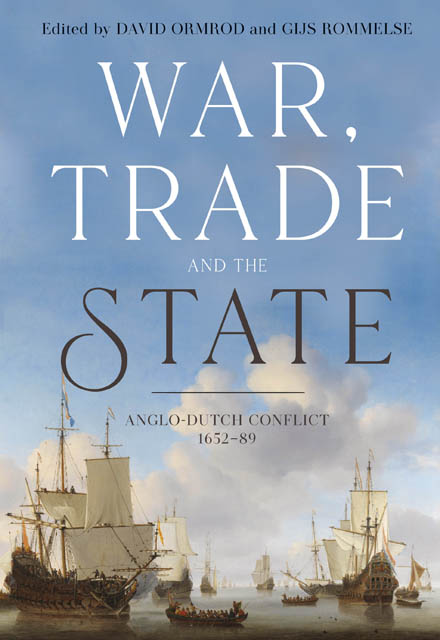9 - Competing claims: international law, diplomacy and Anglo-Dutch rivalry in seventeenth-century North America
Published online by Cambridge University Press: 18 January 2023
Summary
Like other neighbouring countries, England and the Netherlands produced a fair amount of vehement propaganda against each other. The obvious example for their confrontations in seventeenth-century North America comes in the shape of a 1653 pamphlet: The Second Part of the Tragedy of Amboyna or, a True Relation of a Most Bloody, Treacherous and Cruel Design of the Dutch in America, for the Total Ruining and Murthering of the English Colonies in New England. Based on events that took place thirty years earlier in Asia, transplanted to North America, and printed in London, it is a truly global example of vituperation. It asserts that ‘Amboyna’s treacherous Cruelty’ has moved from the ‘East to the West Indiaes … running in its proper channel of Dutch blood’. The pamphlet relates how in March 1653, the Dutch authorities in New Amsterdam, the capital of the Dutch colony of New Netherland, had bribed four Native American sachems to attack the English colonists on a Sunday, when all families attended church. In order to execute ‘this Diabolical Plot’, the Natives had been furnished with arms and munitions, which arrived on a ship sent for that purpose from Holland, ‘the Fountain of Treacheries’. However, the omnipotent God had, in his infinite goodness, notified the English through a Native messenger and they were now preparing to withstand the onslaught. The obvious intention of The Second Part of the Tragedy of Amboyna, published during the Second Anglo-Dutch War, was to gain authorization and military support from the English government for an all-out attack on New Netherland.
In its venomous rhetoric, The Second Part of the Tragedy of Amboyna constitutes the pinnacle of acrimony in Anglo-Dutch rivalry in North America. Many of the other exchanges were of a more subdued if not less biased nature. Over the course of more than sixty years, the Dutch and English employed five legal principles to corroborate their competing claims: first discovery, governmental charters, legitimate purchase from rightful owners, actual occupation, and conquest in a just war. Before exploring the use of these legal principles in the context of Anglo-Dutch rivalry in North America, two historiographical points need to be made.
- Type
- Chapter
- Information
- War, Trade and the StateAnglo-Dutch Conflict, 1652-89, pp. 203 - 229Publisher: Boydell & BrewerPrint publication year: 2020

